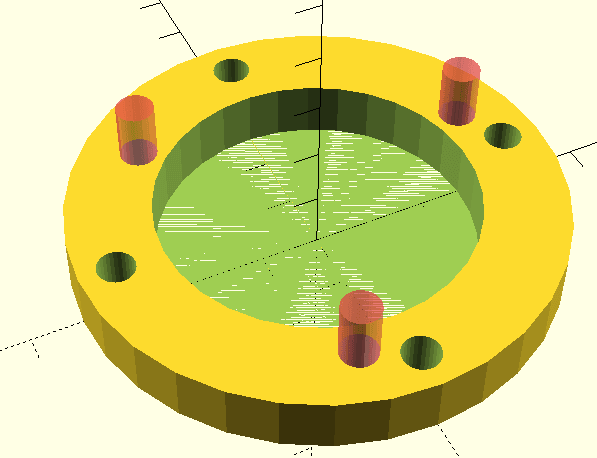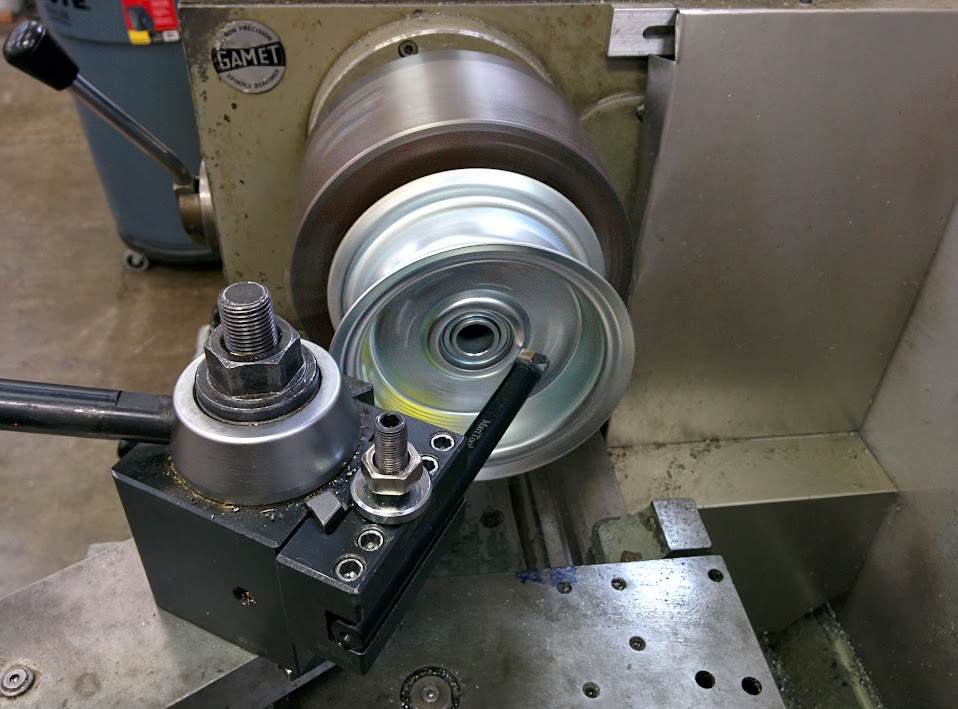This is certainly a possibility, particularly if the print was made with a lot of ‘space’ on the inside. Since this was to be a mechanical part in the go-kart power transmission I assumed that it was nearly a 100% filled part. Which would make turning it doable.
I have turned PLA printed parts on my Sherline, with a lathe bit ground for plastic and it worked fine. Albeit it was really ‘messy’ with all of the plastic chips that piled up. Just needs light cuts with high speeds and feeds.
However, if the part has a lot of ‘space’ in the interior it will not turn well at all.
That said, I would try reprinting before I tried turning the part. Less work. For the actual part, I would suggest talking to John about developing a model print of this for casting in metal. Something most space’s would be able to accomplish and this piece really should be metal. Barring that it should be relatively easy to machine as Bryan said. Just expect to have a key slot instead of a built in key.
You can pick up an asian broach set to fit this keyway for about $40-$50.








